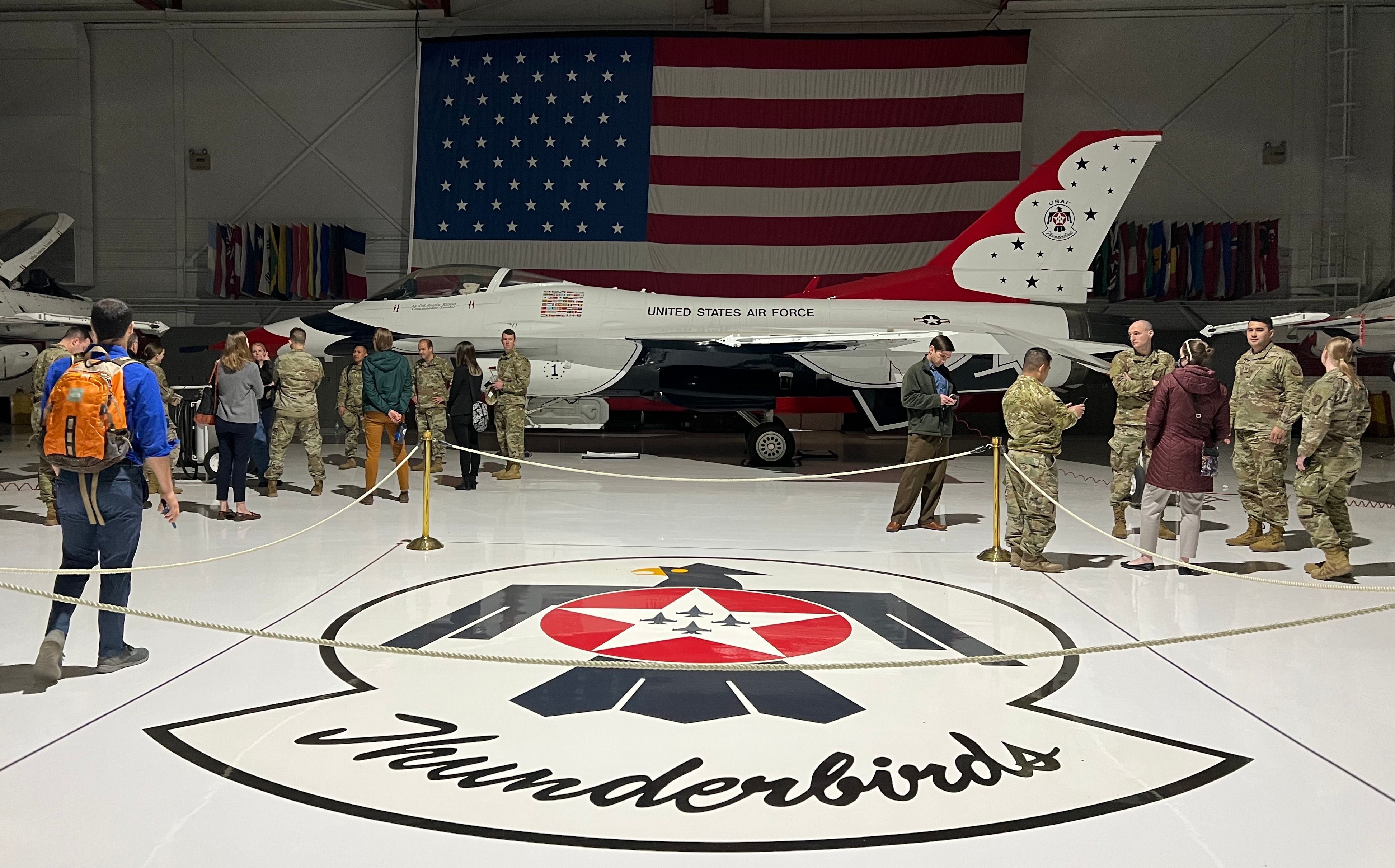Data transformation in the US Air Force: highlights from AFORS
Highlights of data science presentations from the US Air Force Operations Research Symposium.
Updated May 2022 · 4 min read
RelatedSee MoreSee More
How Deepthi from Allianz Benchmarked Her Data Analytics Skills by Getting Certified with DataCamp
Learn how Deepthi, a Business Analyst at Allianz, benchmarked her Data Analytics skills with DataCamp Certifications.
Alena Guzharina
4 min
From Being Unemployed to Becoming a Senior Data Engineer with DataCamp
Michael Jordan Pilgreen found himself unemployed during COVID-19. He used DataCamp to start his career as a Data Engineer at BondCLiQ.
Alena Guzharina
How a DataCamp Donates Scholar Increased His Salary by 90%
Members of our Google Developer Student Club partners like Muhammad have seen life-changing benefits from DataCamp Donates. Join our 200+ nonprofit partners empowering 35k learners across 150+ countries with free DataCamp scholarships by applying today.
Muhammad Asher
How I Saved Months Automating My Reporting with DataLab
Discover how Will, a Data Analyst at Starting Point, built his data skills using DataCamp and then automated his reporting using DataLab, saving him weeks of effort.
Rhys Phillips
6 min
How Aday Pivoted His Career Into Data and Landed a Job at Specsavers
Learn how Aday transitioned from being a motivated data enthusiast to a proficient data analyst, securing a job at one of the UK’s top retailers.
Rhys Phillips
Introduction to Customer Segmentation in Python
In this tutorial, you're going to learn how to implement customer segmentation using RFM(Recency, Frequency, Monetary) analysis from scratch in Python.
Avinash Navlani
8 min

